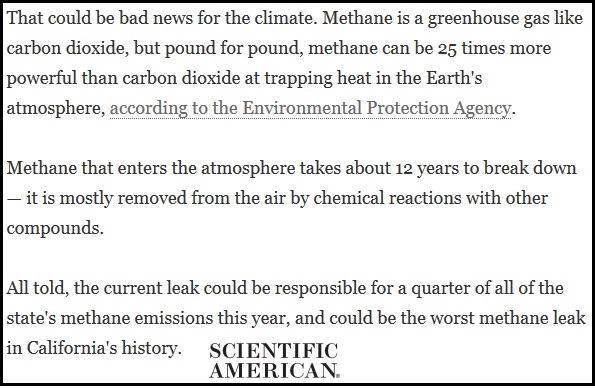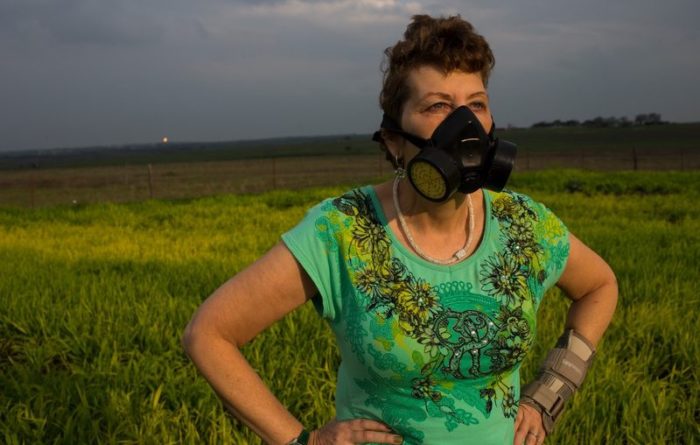We need to take steps NOW to make sure Canada’s methane (aka Hydrogen Sulfide gas which contains up to 90% methane) emissions are being properly regulated. Methane is a greenhouse gas that is 84 times more potent than carbon dioxide – and its uncontrolled emissions affect everyone.

The solutions to reducing methane emissions are actually very simple – frequent leak detection and repairs, and replacing equipment that deliberately releases methane. The industry is resisting these solutions and pushing the Canadian government for weaker methane regulations. They want longer delays before regulations come into effect, as well as less frequent monitoring so that methane leaks go undetected for longer. And, they want to be paid for reducing methane emissions – so instead of polluters pay, the industry wants it to be pay-the-polluter.
Those who live in Alberta strongly agree that regulating pollutants like methane to the strictest North American standards is the right thing to do. If the province that would be most affected by these regulations feels this way, why aren’t we doing it?
Time is running out to make sure Canada’s methane emissions are strongly regulated. For the Silo, Dale Marshall. Featured image- Les Stone /Greenpeace


Leave a Reply
You must be logged in to post a comment.